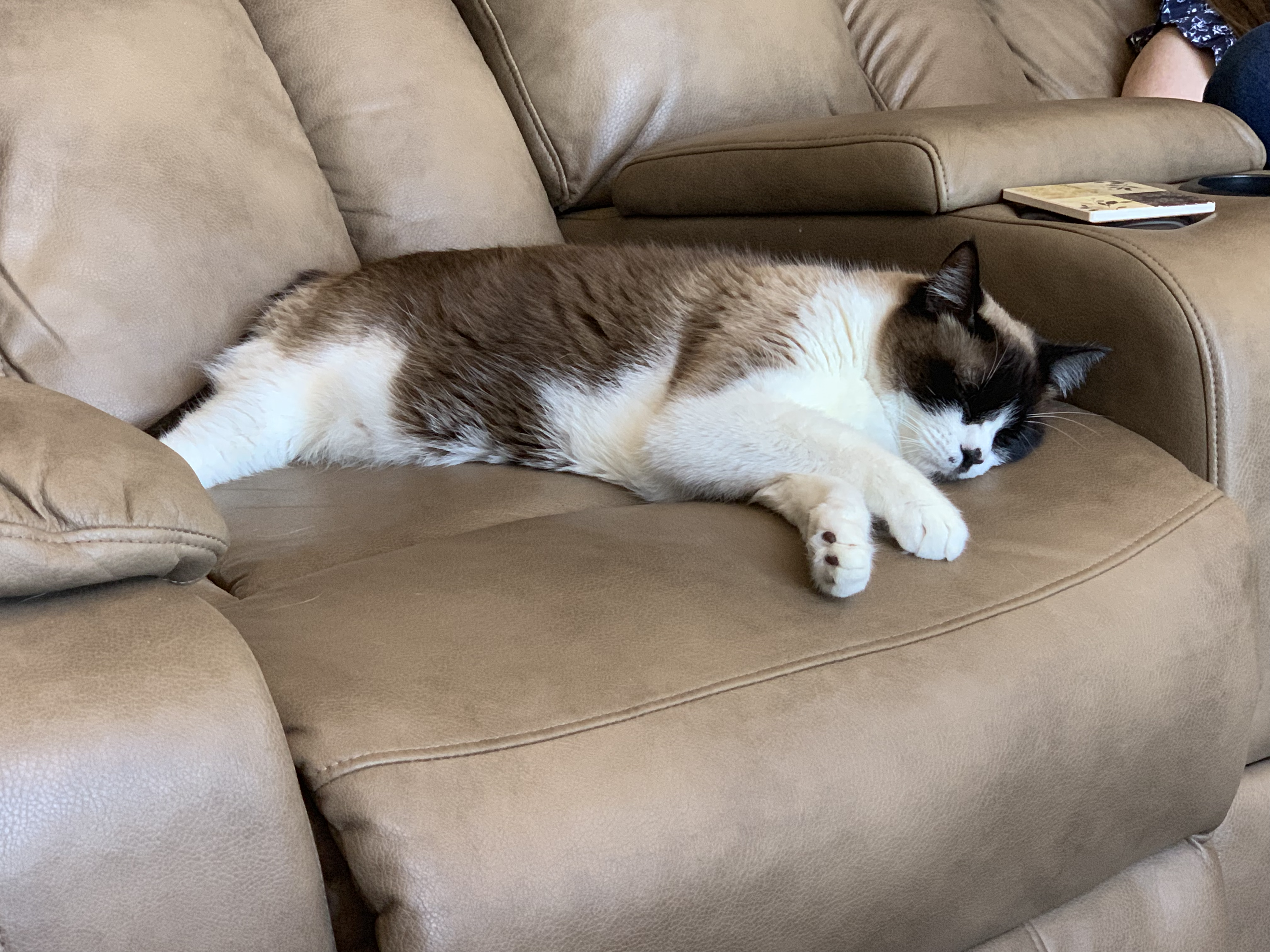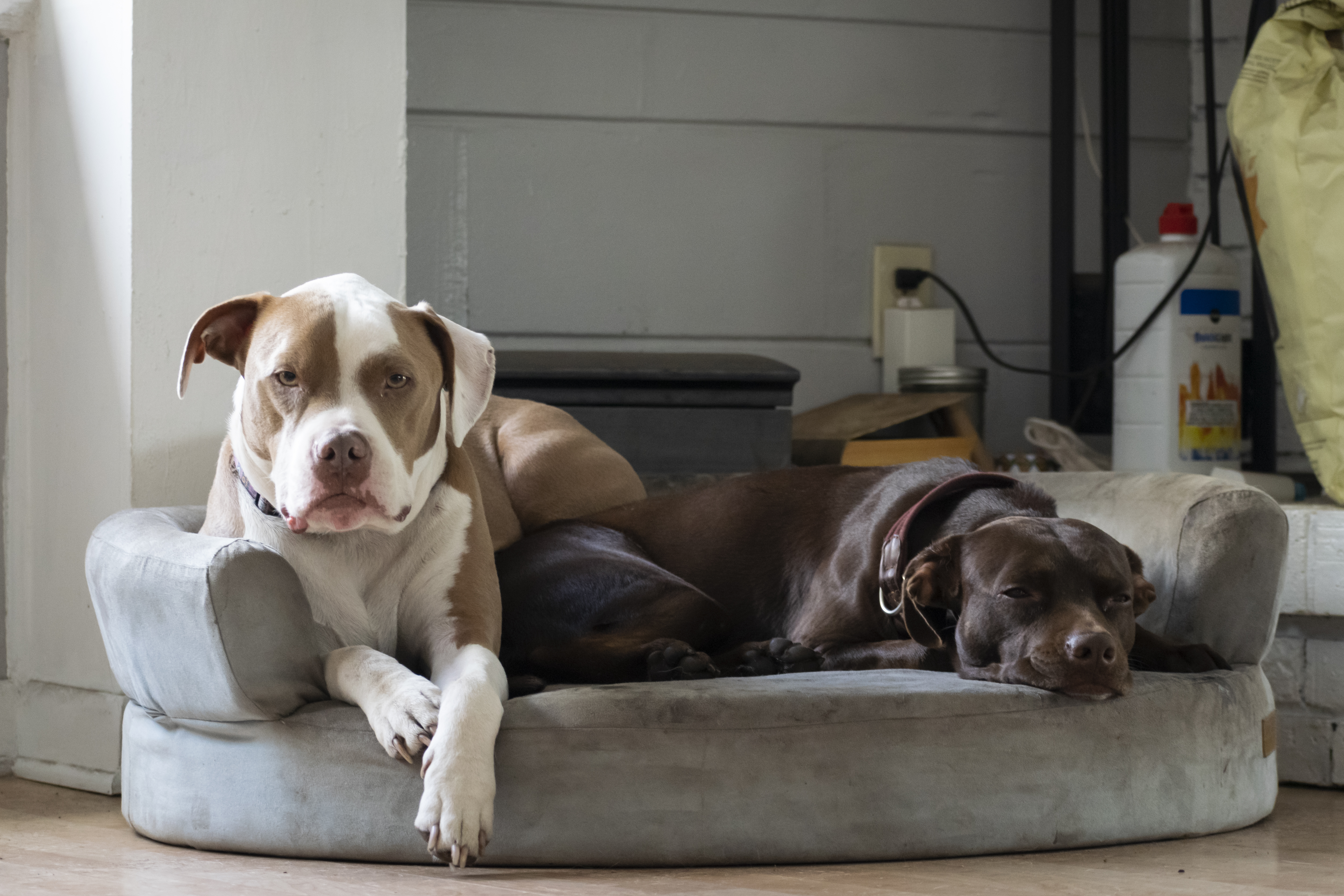Understanding Your Cat's Body Language

Cats can be very mysterious, which is part of their charm and, at times, somewhat frustrating for their owners. However, if you understand how your cat uses physical signals to express how she feels or what she wants, that goes a very long way toward making everyone happy!
EquiVet has put together this guide on how your cat expresses herself through postures and expressions and how you can tell the difference between a content cat and an upset cat. You can also schedule a virtual examination and talk with one of our vets about any behaviors that may be concerning you.
Understanding Context
Your cat is looking out a door, sees another cat walking by, and his tail goes up. Someone who equates a lifted tail with happiness, as many do, tries to pet the cat, only to be scratched or bitten. They then think that the cat is mean. Yes, an upright tail can mean that the cat is happy, but it can also mean that he's in attack mode. If you take a big-picture view of what's going on, you can more accurately judge what's going on and react accordingly.
Posture: The Most Important Element
Paying attention to a cat's posture in a particular situation is very important. Let's say she's stretched out on her back. A lot of people think that means they’re willing to be petted or have her belly scratched, only to find out very quickly via teeth and claws that it's not the case. That's because it's also a defensive posture that allows them to easily seize an attacker. When they see another animal, they may puff up and move sideways to make herself look bigger or shrink and huddle to hide from a predator.
Where Are They Going?
A cat can tell you a lot about how they’re feeling by what direction they’re going, and how quickly. If they’re moving toward you, watch how they walk. Are they hesitating or freezing in place? That's a sign they’re not comfortable. If they’re moving sideways, they’re trying to be intimidating. If they’re trotting up to you with his tail up, you can take it as a sign that they’re happy to see you!
Watch the Tail
We've already talked about how your cat's upright tail can mean different moods depending on the situation. If the tail is upright and puffed out, be careful. A quivering tail is a good sign of a happy cat, but if they’re flicking it, particularly while you're playing with them, you'll want to back off because they’re telling you that they’ve had enough. A lowered tail is also a sign of annoyance and fear.
The Eyes Have It
If your cat is lying around blinking kind of sleepily, you can be confident that they trust you. Please pay attention to their pupils as well. If they're dilated, they’re stimulated by something; you'll often see this when they’re playing with a toy. On the other hand, narrow pupils could mean they’re feeling aggressive—or in a lot of light enjoying a sunbath. Again, context is everything!
Ears and Whiskers
Remember that when a cat is frightened, they'll want to make themselves as small as possible to avoid notice. They can flatten their ears and even their whiskers if they’re scared enough. A content cat will have perky ears and whiskers. It might not be as easy to judge their mood by whiskers and ears as it is by tails and eyes, but they can still provide helpful hints.
If you ever have any questions about how to best communicate and understand your cat, your vet is always a good source of information. EquiVet is more than happy to answer your questions and to give your feline friend the best care possible. Call us today to schedule a virtual examination for your pet!


